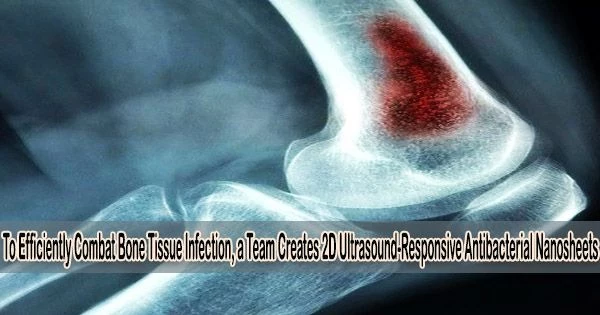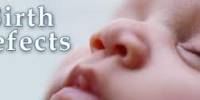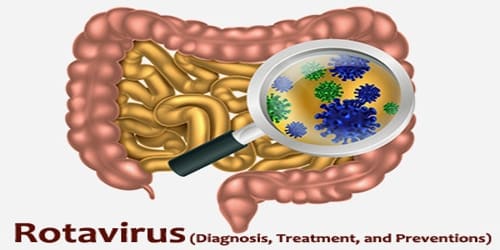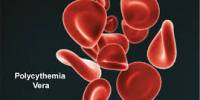In order to effectively reduce methicillin-resistant Staphylococcus aureus (MRSA) infection in bony tissue, a research team led by Professor Kelvin Yeung Wai-kwok from the Department of Orthopaedics and Traumatology, School of Clinical Medicine, LKS Faculty of Medicine, the University of Hong Kong (HKUMed), has developed a non-invasive and non-antibiotic technology.
When stimulated by ultrasound, the new antibacterial nano-sheets have a significant capacity to emit reactive oxygen species (ROS). With the engulfment of neutrophil membrane (NM), the nano-sheets are able to actively capture the MRSA bacteria deeply seated in bony tissue and effectively eliminate 99.72% ± 0.03%. The research has been published in Advanced Materials.
Bacteria, fungus, or other microorganisms bring on an infection in the bone or bone marrow known as an osteomyelitis. The common causative pathogenic organism is MRSA. Patients who suffer from severe infections may need to have an amputation or perhaps develop sepsis, which can be fatal. In clinical practice, medications and surgical debridement to remove the infected bone or tissue are frequently used to treat bone tissue infections.
Our design has achieved a qualitative leap in which the ROS catalytic site in sonosensitizer has transformed from zero-dimensional to two-dimensional. This invention can remarkably increase the production of bactericide (ROS). We may also consider applying this invention to the post-operation bacterial infection commonly seen in bone cancer patients or the patients with cystitis and peritonitis in the future.
Professor Kelvin Yeung Wai-kwok
Antibiotic overuse, however, not only impairs the host’s innate immune system, but also eventually leads to the rise of infections that are resistant to antibiotics. Recently, phototherapy (including photodynamic and photothermal therapy) has been applied as an antibiotic-free strategy to tackle bacterial infections.
However, due to its weak penetration power, traditional phototherapy is unable to treat deep tissue infections in bones. In order to avoid using antibiotics, the researchers adopted a different approach that used ultrasonic to penetrate human tissues.
The HKUMed research team invented a new two-dimensional (2D) sonosensitizer, Ti3C2-SD(Ti3+) nano-sheets. A conventional sonosensitizer arranged in zero-dimension yields limited efficiency in ROS generation.
When activated by an ultrasonic signal, the cutting-edge 2D sonosensitizer, which has a large number of planar catalytic sites, may efficiently produce a significant amount of ROS. After being covered with a neutrophil membrane (NM), the NM-Ti3C2-SD(Ti3+) nano-sheets (NM-nano-sheets) can actively track down the MRSA bacteria in bony tissue subject to ultrasound stimulation.
In an animal model, the novel nano-sheets have eliminated the MRSA bacteria in bone in more than 99.72% of cases, whereas the antibiotics therapy (Vanco) is ineffective.
Once the infection in the bony tissue has been managed, the NM-nano-sheets can help reduce tissue inflammation and aid in bone healing. Additionally, there are no serious bio-safety concerns with the NM-coated nano-sheets.
Professor Kelvin Yeung Wai-kwok remarked, “Our design has achieved a qualitative leap in which the ROS catalytic site in sonosensitizer has transformed from zero-dimensional to two-dimensional. This invention can remarkably increase the production of bactericide (ROS). We may also consider applying this invention to the post-operation bacterial infection commonly seen in bone cancer patients or the patients with cystitis and peritonitis in the future.”
















